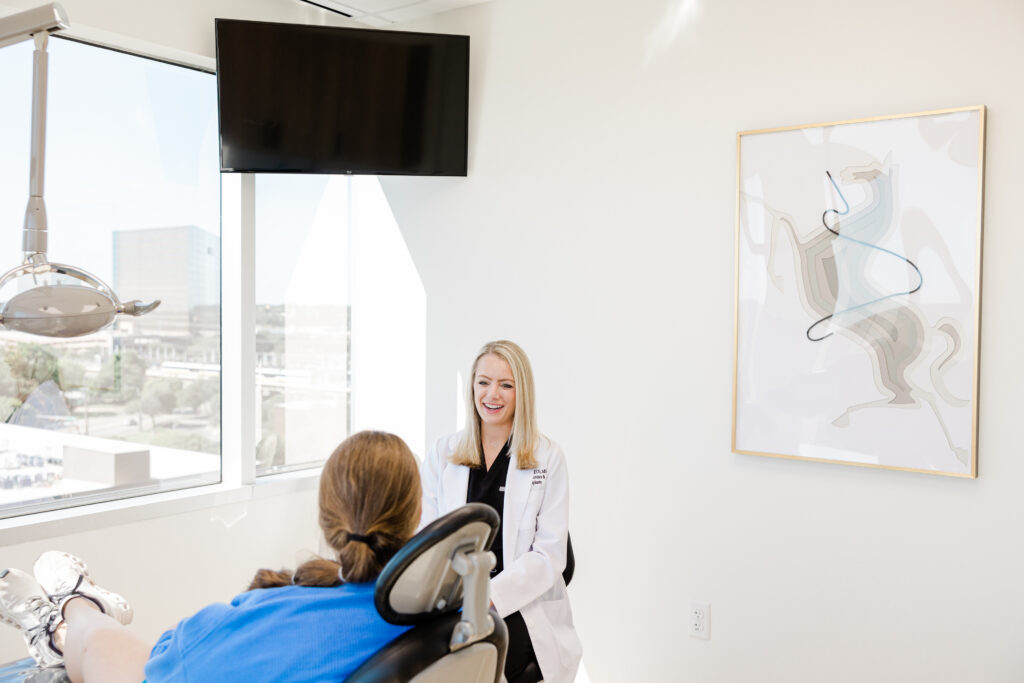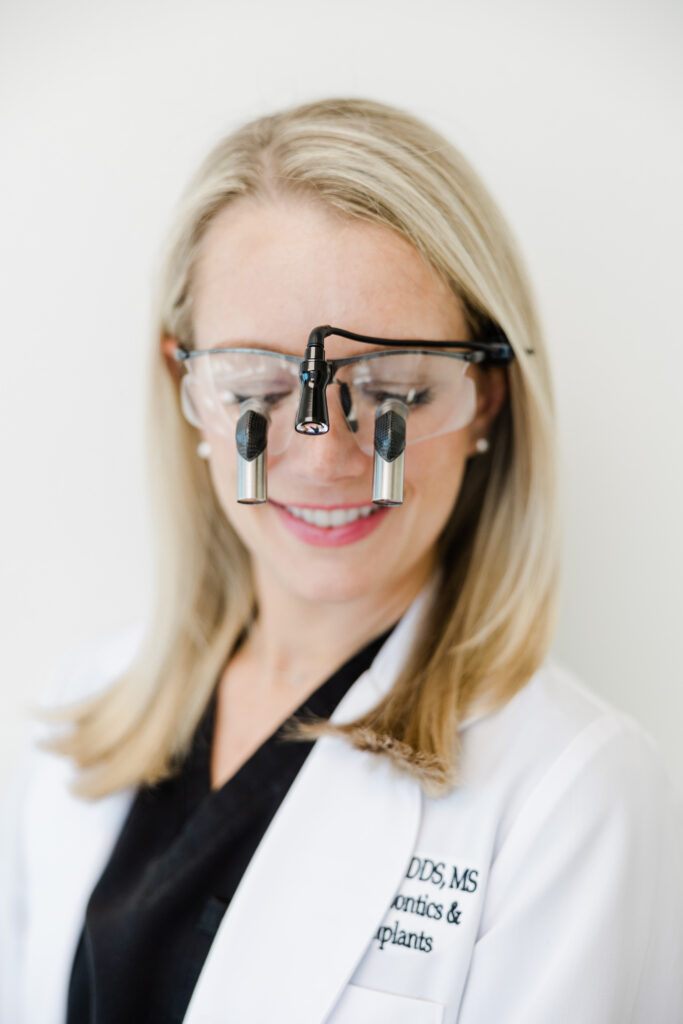
Learn About
Periodontal Disease Grafting
Periodontal disease is a chronic bacterial infection that affects the gums and supporting structures of the teeth, including the jawbone. It is characterized by the inflammation and destruction of the tissues surrounding the teeth, leading to gum recession, bone loss and tooth loss.
Bone grafting is a surgical procedure used to restore or regenerate bone in areas where it has been lost due to periodontal disease or other factors. This graft, taken either from the patient’s own body (autograft) or a donor source (allograft), acts as a scaffold, promoting the growth of new bone cells and blood vessels. Over time, the graft material is gradually replaced by the patient’s own bone, restoring the stability of the teeth.
Periodontal Disease Grafting in Dallas
It’s important to note that bone grafting is typically part of a comprehensive treatment plan for periodontal disease. Along with the grafting procedure, the underlying cause of the disease, such as plaque and tartar buildup, must be removed. This can be accomplished with a preliminary professional deep cleaning (scaling and root planing) or periodontal surgery. The specific technique and materials used in bone grafting for periodontal disease may vary depending on the severity of the bone loss and the individual patient’s needs. In most cases, bone grafting is combined with other periodontal procedures, such as flap surgery or guided tissue regeneration, to achieve optimal results.
Regular dental visits and maintenance therapy are crucial to manage the condition and prevent further bone loss. It is also important to maintain good at home oral hygiene practices, such as brushing and flossing.
Local and Systemic Antibiotics

How many visits will it take?
Recovery After a Gingivectomy
Recovery from a gingivectomy varies depending on the individual and the extent of the procedure. Generally, patients can expect some swelling and tenderness following surgery, but we can often manage this with over-the-counter or prescription pain relievers. Following our post-operative instructions is essential to ensure proper healing.
During the initial healing period, we may advise you to:
- Avoid hard or crunchy foods that could irritate the surgical area.
- Maintain excellent oral hygiene and be careful when eating and brushing around the surgical site.
- Attend follow-up appointments to monitor healing and assess the results of the procedure.
Benefits of Gingivectomy
There are numerous benefits associated with undergoing a gingivectomy:
- Improved Gum Health: Removing diseased tissue can halt the progression of periodontal disease and promote healthy gum regeneration.
- Enhanced Aesthetic Appeal: A gingivectomy can lead to a more appealing smile and greater confidence for those with excess gum tissue.
- Easier Oral Hygiene: A more manageable gum line makes brushing and flossing easier, reducing the risk of future dental issues.
